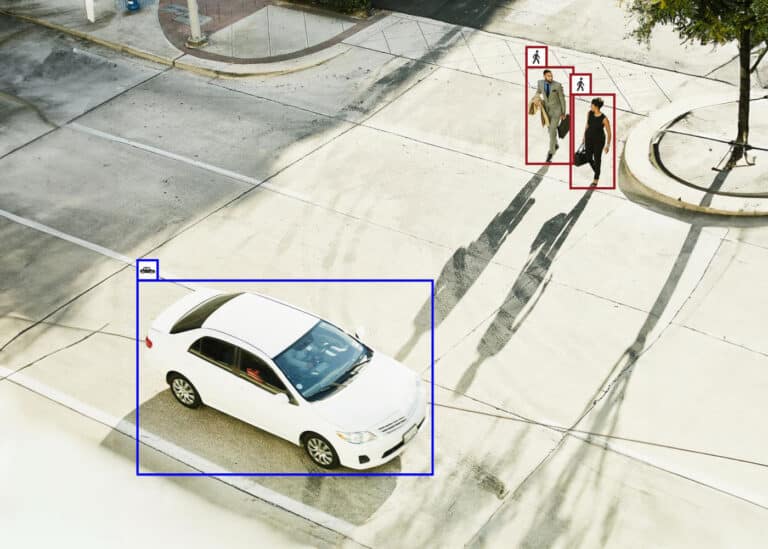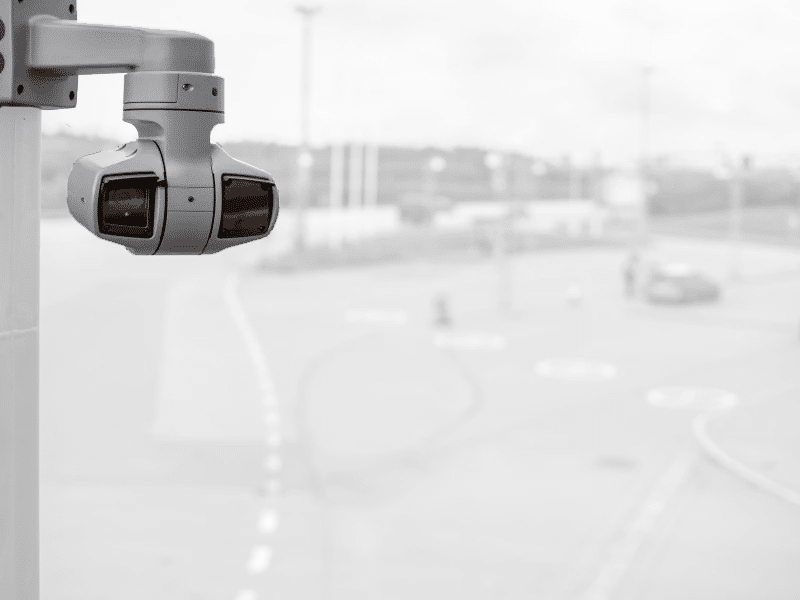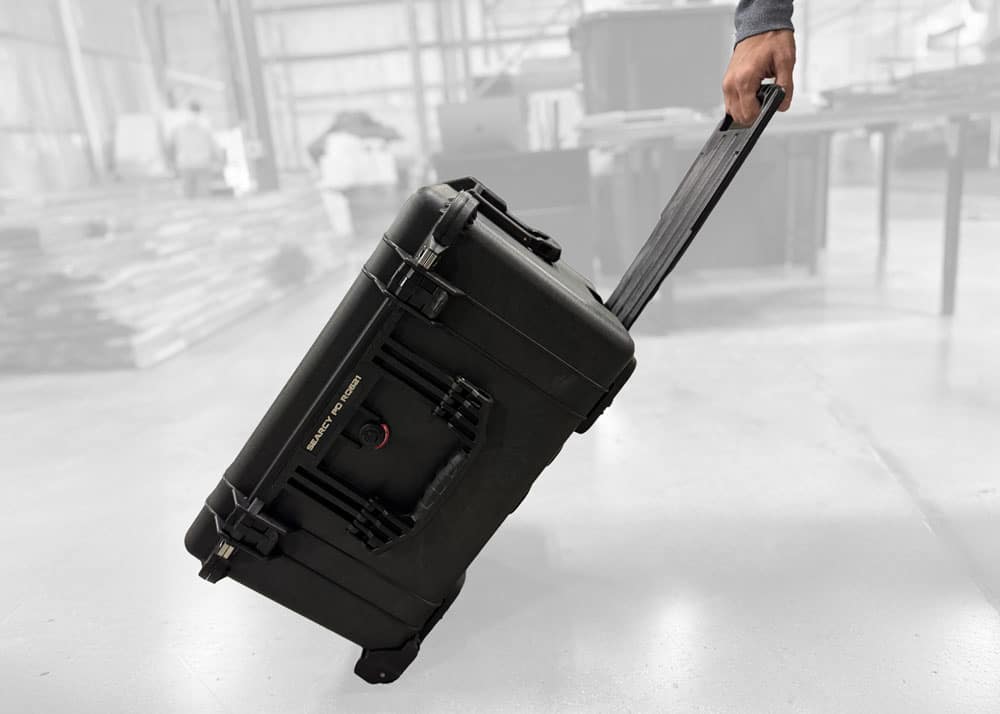A system security plan is a written document that outlines the security measures, technologies, and procedures used to protect a site, operation, or organization. It serves as a blueprint for surveillance systems, emergency protocols, and threat mitigation strategies.
Whether you’re in law enforcement, private security, the military, or emergency management, a well-crafted system security plan helps you stay organized, reduce risk, and respond effectively during critical incidents.
Why Every Organization Needs a Security System Plan
Security is more than just cameras and guards — it’s about strategy. A structured plan can:
- Reduce risk of theft, trespassing, or sabotage
- Enhance compliance with laws and standards, including NDAA regulations
- Improve coordination across agencies and departments
- Speed up response during emergencies
For example, a data‑driven redesign of Atlanta’s police zones led to a 5.8% reduction in response times to high‑priority 911 calls and a 43% improvement in workload balance across the city’s zones. This illustrates how strategic planning—not just resources—can lead to more effective safety operations.
Likewise, a well‑designed system security plan enhances clarity, accountability, and readiness—ensuring faster and smarter responses whether the challenge is a fire alarm or a high‑risk security breach.
Essential Components of a Security System Plan
Every strong system security plan includes the following core sections:
Site Assessment and Risk Analysis
Before choosing equipment, assess your environment. Start by:
- Mapping entry and exit points
- Identifying blind spots and vulnerable areas
- Reviewing crime statistics and past incidents
- Evaluating potential threats (e.g., theft, vandalism, unauthorized access, cyberattacks)
Security audits and site assessments are more than just checklists—they’re strategic tools that help shape effective response plans. According to a 2024 report from ASIS International, 48% of security professionals said their organization’s risk management plan both identified and helped manage significant incidents, while another 32% said it helped with at least some incidents.
Security Goals and Objectives
Define what you’re trying to achieve, such as:
- 24/7 video surveillance of all entry points
- Real-time alerts for perimeter breaches
- Restricted access to high-risk areas
Clear, measurable goals guide your planning and help you select the right tools.
Security Equipment and Technology
A strong security system plan includes the right mix of technology based on the site’s unique vulnerabilities and goals. Here are some commonly used tools and systems found in modern security plans:
Physical Surveillance and Monitoring Equipment
- Mobile surveillance towers – Ideal for temporary or mobile deployments in parking lots, event venues, or construction zones
- Fixed-position IP cameras – Used for high-resolution video monitoring of entries, lobbies, and perimeters
- Telescopic masts and antenna masts – Raise cameras or antennas for elevated surveillance and extended wireless coverage
- Light towers – Improve visibility and serve as a deterrent in low-light or remote areas
- Body-worn cameras – Provide real-time footage and documentation for officers or guards
- Drones and aerial surveillance – Offer flexible, wide-area monitoring during emergencies or large-scale events
Detection and Perimeter Defense
- Motion detectors and intrusion alarms – Monitor movement inside or around a protected area
- Glass-break and vibration sensors – Used on windows or doors to detect forced entry
- Access control systems – Restrict and log entry through keycards, biometrics, or PIN pads
- Vehicle barriers and bollards – Help prevent unauthorized vehicle access in high-risk zones
Advanced Technology Enhancements
- AI-powered video analytics – Automate alerting for unauthorized activity, loitering, or license plate recognition
- Cloud-based video storage – Allows secure, remote access to footage for investigations or live monitoring
- Command center dashboards – Centralize real-time data from all systems into a single operational interface
- Communication tools – Radio systems and antenna masts that ensure responders stay connected even in low-signal zones
Expanding beyond basic surveillance tools creates a multi-layered system that’s resilient, adaptable, and capable of addressing a wide range of threats—from physical breaches to cyber intrusions.
Personnel and Responsibilities
A well-structured system security plan clearly defines who is responsible for what. This ensures coverage, reduces confusion, and improves accountability during day-to-day operations and critical incidents.
- On-site security officers – Patrol the property, monitor access points, respond to suspicious activity, and coordinate with emergency services when needed
- Remote monitoring teams – Observe live camera feeds, verify alerts from motion or intrusion sensors, and escalate incidents to on-site personnel or law enforcement
- Emergency response leads – Direct team actions during incidents like break-ins, fire alarms, or active threats; coordinate evacuations and serve as the point of contact for first responders
- Maintenance and IT support – Perform system checks, update firmware, reposition cameras as needed, and troubleshoot network or power issues affecting surveillance equipment
Clear documentation of these roles—along with contact info and backup assignments—ensures continuity and accountability in any situation.
Emergency Response and Communication Plan
A well-defined communication structure helps reduce confusion and delays. Be sure to include:
- Step-by-step responses for different types of incidents, such as break-ins, fires, or active shooter situations. The CISA Emergency Action Plan Template is a useful, free guide to help you build tailored procedures based on specific risks and team roles.
- Emergency contact lists that include both internal stakeholders and external first responders (e.g., law enforcement, fire departments, and medical personnel).
- Incident reporting templates to standardize documentation. This free workplace incident report form from LegalTemplates includes fields for location, time, incident type, description, and follow-up actions.
- Backup communication methods such as two-way radios or mobile command units equipped for signaling and audio.
Beyond these core elements, your emergency response strategy should also account for how teams coordinate under pressure and across multiple agencies. Strong leadership roles and interoperable communication protocols can significantly improve outcomes during major incidents.
And in rural or infrastructure-limited environments, practical solutions for maintaining clear communication can help ensure that responders stay connected when traditional systems fall short.
System Maintenance and Updates
Even the best security systems can fail without regular upkeep. Your plan should include a clear maintenance schedule to keep equipment reliable and responsive when it matters most.
Include routine tasks such as:
- Monthly firmware and software updates – Ensure systems stay protected and functional with the latest patches.
- Camera alignment and field-of-view checks – Confirm that cameras still cover critical areas and haven’t shifted due to weather or vibration.
- Battery testing – Include periodic checks for systems with backup or independent power sources to ensure consistent performance in the field.
- Annual plan reviews and threat reassessments – Update the plan based on evolving risks, new technology, or recent incidents.
Consistent maintenance helps prevent system failures, extends equipment life, and keeps your security plan effective year-round.
Security System Planning Framework
Use the table below as a starting point to structure your own security system plan. While not a complete template, this framework outlines the key components to consider and customize based on your site’s specific needs.
| Section | Details |
| Site Details | Property address, map, point of contact |
| Risk Assessment | List of threats, vulnerability scoring, audit data |
| Security Objectives | Goals like deterring theft or monitoring restricted zones |
| Equipment Inventory | List of all cameras, towers, sensors, and other assets |
| Personnel Assignments | Security team roles and duties |
| Emergency Plan | Incident response checklist, contacts, communication protocol |
| Maintenance Schedule | Firmware updates, inspections, testing logs |
This framework can help you organize your thinking, identify gaps, and begin documenting a plan tailored to your facility, team, and operational goals.
For example, a large outdoor venue may benefit from mobile surveillance towers and light towers, while a manufacturing plant may prioritize interior access control and IP cameras.
Final Thoughts
A well-structured system security plan strengthens your facility’s safety, improves emergency response, and helps align your team around a shared strategy. It’s not just about preventing threats — it’s about preparing for the unexpected and responding with confidence.
Next steps:
Explore our mobile surveillance towers, light towers, IP cameras, and antenna masts to support your system planning.
To build stronger strategies around real-world events, review our article on managing critical incidents effectively.







